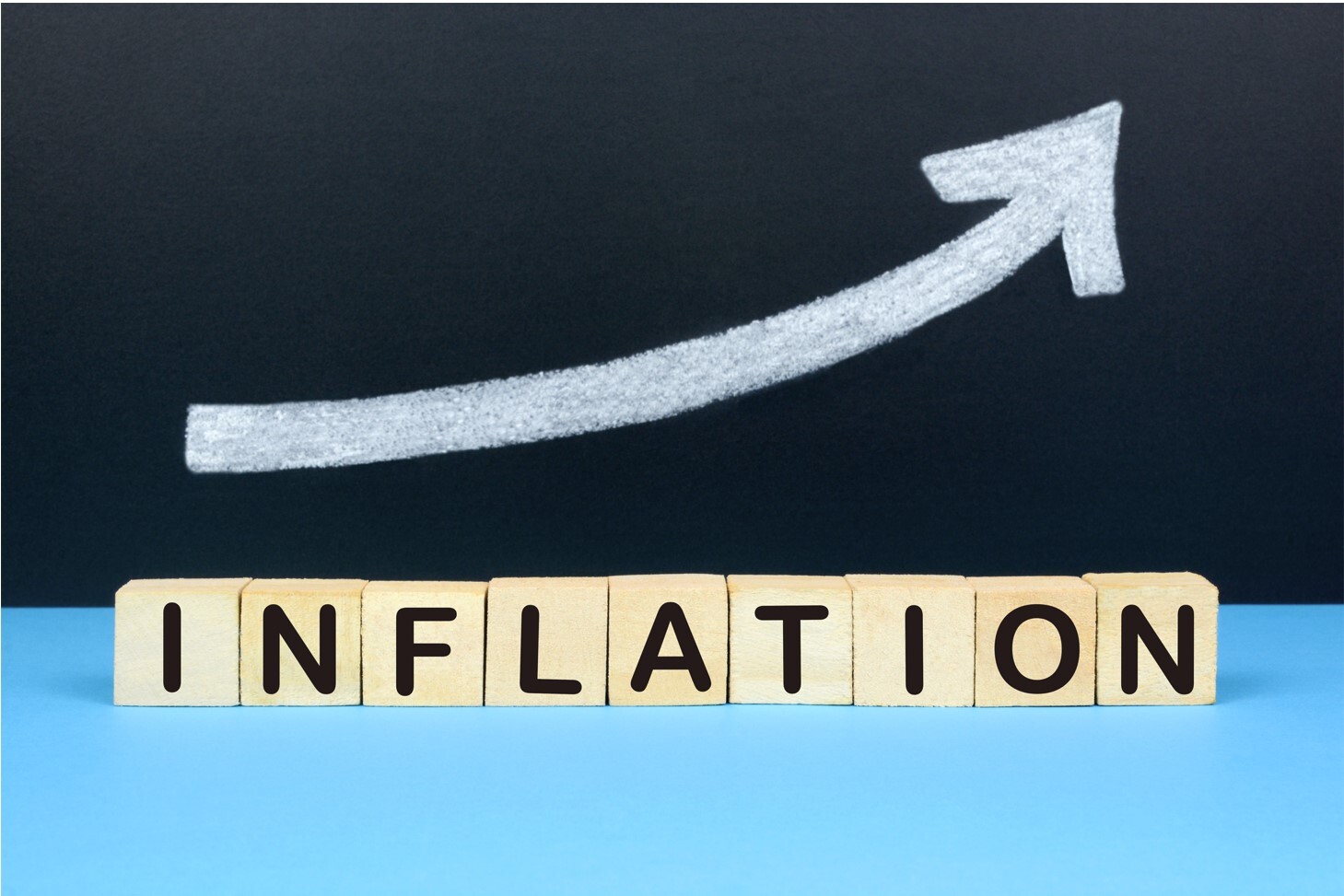As we come to the end of March and the first quarter of 2023, the last two weeks have taken some of the gloss off the FTSE100, after a strong January and February. The German DAX, on the other hand, has managed to reverse most of the losses in the aftermath of the collapse of Credit Suisse and looks set to finish the quarter over 10% higher.
Even US markets have undergone a bit of a crisis of confidence with concern about the effects of much higher rates giving way to concern about the health of the US banking system, which has seen a somewhat choppy quarter, with the Dow looking set to finish where it started the quarter. The Nasdaq 100 on the other hand has managed to defy gravity by rallying an impressive 18%.
Putting to one side the performance of the Nasdaq 100, European markets have largely outperformed their US counterparts, as a sharp fall in energy prices and big falls in headline inflation has forced markets to reassess the outlook for the European economy.
Nonetheless despite the sharp falls being seen in headline CPI, the stickiness of core prices is prompting concern amongst ECB policymakers, with yesterday’s Spanish core CPI numbers a timely reminder, of how sticky that part of the equation is.
At its last meeting, the ECB raised rates by another 50bps, in line with its previous guidance in January, although the timing was slightly unfortunate as it came in the teeth of a banking crisis that saw Swiss bank UBS absorb its rival Credit Suisse.
Against such a backdrop the arguments for taking a more measured approach were quite high, especially since core prices saw a rise to a new record high back in February to 5.6%, however, the governing council held its nerve.
Headline inflation has been coming down, falling to 8.5% in February, and looks set to fall even more sharply in today’s March flash numbers to 7.1%.
In recent weeks the noises from various ECB policymakers have been becoming increasingly hawkish, however recent events have tempered that somewhat with the last meeting placing much greater emphasis on data dependence.
The bigger question remains about what data the ECB is now concerned about, whether it is core CPI, which is set to edge even higher today to 5.7% and a new record high, or whether their focus has now shifted to financial stability.
If we are to believe ECB President Christine Lagarde there isn’t a trade-off between the two, however, history has taught us that is rarely true. The two are inextricably linked and no central bank will continue to hike rates when financial stability is at stake.
Before today’s flash CPI from the EU, we get the final Q4 GDP numbers out of the UK, which a lot of people in government will be hoping don’t get a downward revision this morning.
When the numbers were last adjusted the UK economy managed to avoid a technical recession by the skin of its teeth, coming in at 0%, after a -0.2% contraction in Q3.
The rebound in Q4 was helped in some part by a strong rebound in consumer spending due to the Football World Cup in Qatar, and today’s final adjustment will hope that this holds, with personal consumption expected to come in at 0.1%.
Recent retail updates have offered encouragement that consumers are still spending, albeit more cautiously, while the construction sector has also shown signs of some improvement. Business investment also saw a rebound in Q4 after a slowdown in Q3.
Even with the optics of avoiding a technical recession, the outlook for the UK economy remains challenging with headline inflation still close to 10%, and consumer confidence still very fragile, but the rebound seen in retail sales seen in January and February offers hope that Q1 could see some growth after a difficult end to 2022.
As we bring down the curtain on Q3 we also have the latest US core PCE inflation numbers for February, and here the Federal Reserve will be hoping that there are signs that inflation is cooling here as well after the surprise spike to 4.7% in the January numbers, which prompted a sharp spike in US rate hike expectations just prior to the meltdown that we saw at the beginning of this month.
The jump higher in PCE core deflator also happened to coincide with a surge in January personal spending, which rose 1.8%.
Since then, yields have collapsed on concerns over the stability of the banking system, with US 2-year yields set to see their biggest monthly fall since the financial crisis. While personal spending is expected to slow from the 1.8% gain seen in January to 0.3%, the bigger question is whether we’ll see a similar slowdown in headline core PCE, or at the very least that we don’t move higher.
EUR/USD – retested the highs last week at 1.0930 yesterday, which is the next barrier for a move towards 1.1000. Still feels rangebound with support at the 50-day SMA at 1.0730. a move through 1.0940 opens up the previous highs at the 1.1030 area.
GBP/USD – continues to edge higher and currently has support at the 1.2280 area. The next key resistance comes in at the recent peaks at 1.2445/50. Below 1.2280 targets the 1.2170 area.
EUR/GBP – currently finding support at the 0.8770/80 area and the 100-day SMA. A break below here opens up the risk of a move towards strong trend line support at 0.8720, from the lows last August. On the upside, we have trend line resistance at the 0.8870/80 area.
USD/JPY – currently finding resistance at the 133.00 area with the next main resistance at 133.20. Support is now back at the 130.00 area. A move below 130.00 retargets the 129.30 area
Disclaimer: CMC Markets Singapore may provide or make available research analysis or reports prepared or issued by entities within the CMC Markets group of companies, located and regulated under the laws in a foreign jurisdictions, in accordance with regulation 32C of the Financial Advisers Regulations. Where such information is issued or promulgated to a person who is not an accredited investor, expert investor or institutional investor, CMC Markets Singapore accepts legal responsibility for the contents of the analysis or report, to the extent required by law. Recipients of such information who are resident in Singapore may contact CMC Markets Singapore on 1800 559 6000 for any matters arising from or in connection with the information.








